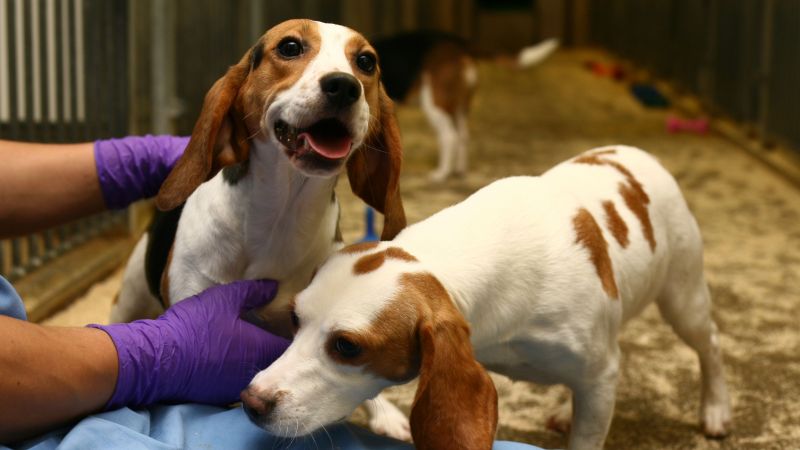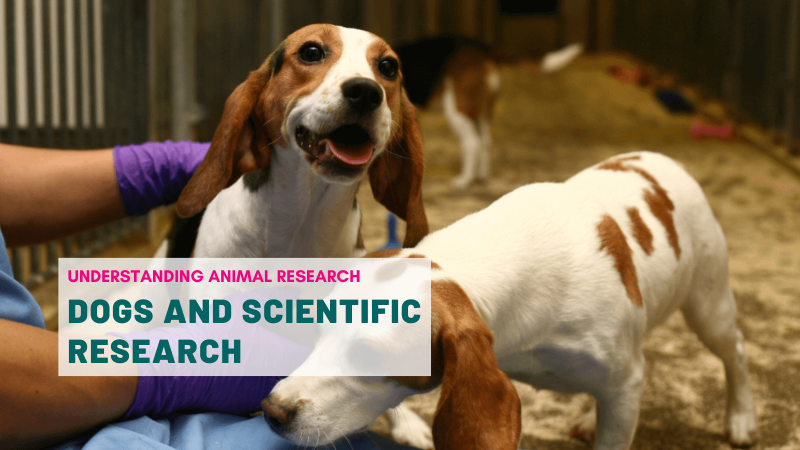
Image: Melissa Mattola-Kiatos, RN, Nursing Practice Specialist, removes the pig kidney from its box to prepare for transplantation © MASSACHUSETTS GENERAL HOSPITAL
In a historic decision, the US FDA (Food and Drug Administration) has approved the first clinical trial of its kind, testing whether pig organs can be safely implanted into humans. Six patients will be receiving kidneys from genetically modified pigs. The research community is watching with great anticipation as the procedure holds the promise to supply organs to the thousands of patients eagerly waiting for a donor organ.
From dream to science: humans with animal organs
It may come as a surprise, but pig tissues are already routinely implanted in humans across the globe. Every year, some 60,000 patients in the US benefit from pig tissue transplants in the form of heart valves. These valves were first tested in rabbits, guinea pigs, dogs and rats, can last for about 15 years and are much preferred to mechanical ones.
Researchers are looking forward to the day when whole-organ animal-to-human transplants become just as common, alleviating the severe shortages in transplant organs that affect hundreds of thousands of people today. Currently, less than 10% of the global organ transplantation need is met, according to the World Health Organization (WHO). Despite over 60 years of progress since the first organ transplant, insufficient organ preservation capabilities still place tight constraints on the availability of transplantable organs. The ability to replace organs and tissues on demand could save or improve millions of lives each year globally and create public health benefits on a par with curing cancer.
Using animal organs could be the answer surgeons are looking for. Xenotransplantations – animal-to-human transplants – have long been a dream of transplant surgeons. But moving from inert, denatured animal tissue to whole living organ transplants comes with different challenges altogether. It is far from the same procedure. Scientists have been working on this challenge since the 1960s, when surgeons first tried to fit humans with baboon and chimpanzee organs. Primate organs were subsequently replaced by those of pigs, which were deemed a better candidate animal.
Making pig organs fit
Pig organs are anatomically and functionally similar to human organs but obviously not identical. The differences cause the body's immune system to attack the transplant organ and cause it to be rejected. This also happens with human-to-human transplants, but animal organs come with an extra layer of mismatch. This meant that until the early 1990s, pig organs weren’t an option for all their promise.
Everything changed in 1993, when the surgeon David Cooper found the source of the rejection problem: a single molecule on the surface of pig cells. Suppressing the presence of the molecule tempered organ rejection, but unfortunately not enough to allow full transplants. Baboons that received pig organs never survived longer than a few weeks.
The whole field shifted with modern genetic editing tools. It became possible to genetically modify pigs to completely remove the problematic molecule, which greatly increased the time a pig organ could survive in a baboon. With the advent of the genetic scissors CRISPR-Cas9 system and the sequencing of the pig genome, scientists were able to engineer safer animal organs for human transplants, much more quickly, precisely and accurately than it had been possible to do in the past.
Progress came fast. In 2025, the transplant surgeon Joseph Tector knocked out two pig genes simultaneously and created pig organs that survived for more than three months in macaques. The same year, David Cooper announced that a kidney transplant from a genetically modified pig with six modified genes survived in a baboon for 136 days. In 2016, a transplanted heart from a genetically modified pig survived 51 days in a monkey. Scientists also removed controversial viral genes present in pig cells to make the transplants safer. From then on, scientists got progressively closer to their goal of transplanting a pig heart into a human.
From science to reality: the first pig organs in humans
Scientists started small, first successfully transplanting a few animal cells into humans. Then, in 2016, Chinese regulators approved the use of pig corneas to restore the sight of 200 patients with corneal disease. That same year, surgeons safely transplanted pig pancreatic insulin-producing cells into humans without the need for immunosuppressive drugs after they had cured diabetes in five baboons. In 2019, experts in the US also showed that genetically engineered pig skin could temporarily close a burn wound.
The real breakthrough came in 2021, when surgeons successfully transplanted a genetically altered pig kidney into a brain-dead patient with no hope of recovery. Since then, several more pioneering surgeries have been performed. Two US research groups from New York University and Alabama reported transplanting pig kidneys into three people who had been declared brain dead. The organs produced urine and were not rejected. A patient received a pig heart genetically modified in 10 genes to be better tolerated in humans.
Today, about half a dozen people in the United States and China have already received organs from genome-edited pigs — kidneys, hearts, liver and a thymus. However, these surgeries were approved on compassionate grounds. The patients were very sick and had no other options. Most recipients did not survive beyond a few months because they were already too sick before the major transplant operation.
Moving into clinical trials
Armed with these preliminary results in humans and data from hundreds of baboons that have now survived for up to three years after receiving pig organs or cells, scientists have succeeded in convincing agency officials that xenotransplantation is ready for human use, although, as Joe Tector, founder of Makana Therapeutics, a company in the race to creating organ doner pigs told nature, “There’s a lot we have to answer.”.
60–70% of Makana’s baboons live for more than a year with a functioning pig kidney, so the company feels ready to start clinical trials. But, for the FDA, primate models are not sufficient to establish that pig organs are safe for humans. Clinical trials are much needed. Before the transplant procedure can come close to becoming more generally available, it has to go through thorough and standardised testing. Clinical trials are designed to produce crucial safety and efficacy data that will be used to recommend – or not – xenotransplantation as a whole.
Clinical trials are also needed to answer questions such as the best type of pig to use and how to ensure the animals are not carrying infections. , Different research teams use different genetically modified animals, some with only three modified genes, others with five or ten. Each genetic modification has been tested and optimised in non-human primates, but it’s still unclear which, if any, of these modifications will prove crucial for transplants into humans.
The approved clinical trial, supervised by United Therapeutics, a US biotech firm, will initially include six individuals that will receive pig kidneys, eventually moving on to test the procedure in 50 patients. The success of this trial will pave the way for longer-term, larger clinical trials, bringing us a step closer to solving the organ shortage crisis. While challenges remain, the results will be crucial for the future of pig-to-human transplants. In the meantime, researchers are eager to start clinical trials for other pig organs, and several requests have been submitted to the FDA.
More information on the history of pig to human transplants in our article "Pig to human heart transplants: how did we get here?"
Last edited: 18 February 2025 15:14



